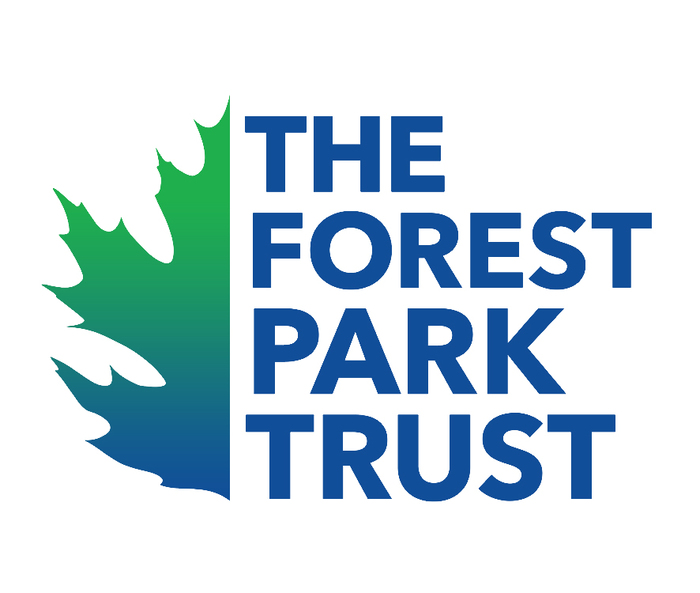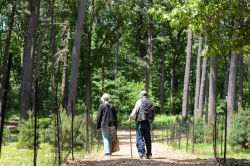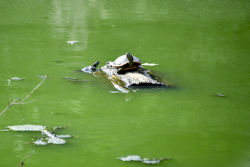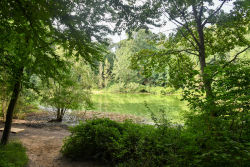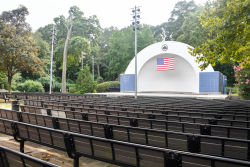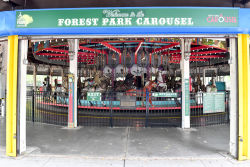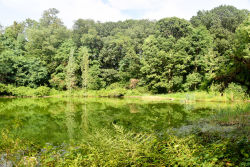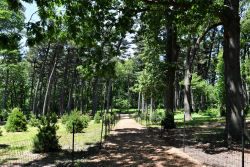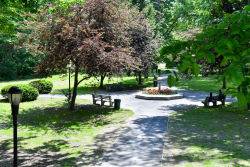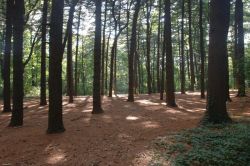Forest Park
Pine Grove
This stand of pine trees was planted in 1914, after a fungus infected and killed 15,000 chestnut trees in 1912. Through the years, new pines have been planted in place of those that died, but several specimens here date as far back as 1909.
According to the Parks Department Annual Report of 1912, Forest Park was “made hideous by the gaunt skeletons of several thousand dead chestnut trees.” Rather than use Parks laborers to clear these trees, the Department sold “the privilege of cutting and removing” these trees, because the timber, although dead, still had value. Almost two years later, 1,500 dead chestnut trees remained. At that time, Forest Park bought a saw mill that turned the dead trees into firewood for Brooklyn’s public schools.
The initial effort to replace some of the 15,000 chestnut trees came in 1914 when 2,500 pine trees were moved from the nursery (located in Forest Park) and transplanted near the 109th Street (then Washington) and Myrtle Avenue entrance of the park. Mayor John Purroy Mitchel (1879-1918) planted the first tree.
Most of the trees in the grove are Eastern White Pines (Pinus strobus L.), the largest conifer and most valuable tree of the Northeast. When early Europeans settlers found large stands of these trees, which can grow up to 100 feet tall, they sent them to England to be used as ships’ masts.
Needles of the white pine tree are three to five inches long and grow in bundles of five. These slender blue-green needles drop off of the tree every two to three years. The cone, which can grow from three to seven inches in length, is reddish brown with thin rounded scales tipped with white resin.
In 1995, Parks established new pine stands along the park’s perimeter to celebrate Forest Park’s centennial. Volunteers and local students planted one hundred trees. This project was made possible though a grant from the New York City Environmental Fund. Today, these small stands are thriving, and will provide a place of refuge for the park’s animal residents and a place of reflection for its patrons.
Check out your park's Vital Signs
Clean & Safe
Green & Resilient
Empowered & Engaged Users
Share your feedback or learn more about how this park is part of a
Vital Park System

Know Before You Go

Links
Contacts
Forest Park Administrator: (718) 235-0815
Forest Park Golf Course: (718) 296-0999

